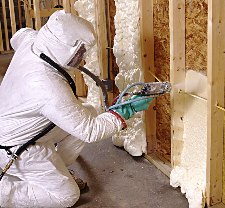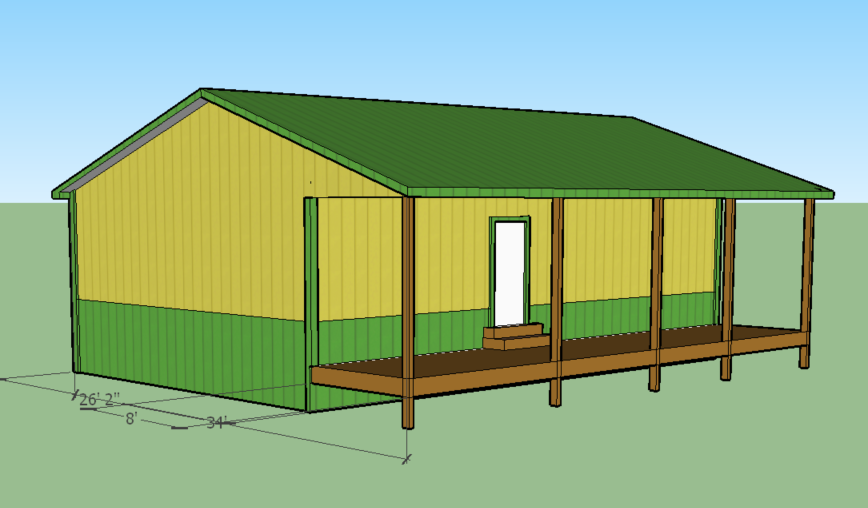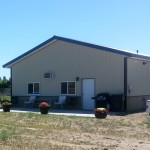Insulation R Values Reflect Real-World Energy Performance?
Energy efficiency has become huge for post frame building construction. More and more people are discovering post frame buildings as being a cost effective design solution for residential and commercial construction.
Long time readers of this column have seen article after article in this vein, increasing with time. You have also had an opportunity to witness questions from many current post frame building owners who wished they would have designed appropriately to begin with. Proper advance planning can certainly help to achieve desired results.
Let us assume, for a moment, you have created a post frame building with commercial 2×8 bookshelf wall girts and 22 inch high raised heel trusses. In your walls, BIBs https://www.hansenpolebuildings.com/2011/11/bibs/) fiberglass insulation 7-1/4” deep has been used. This will give a laboratory R value somewhere in excess of 30. In attic space, 20 inches of blown in fiberglass will provide a R value of over 60. You have done your work and are happy your decision will give a more than satisfactory end resultant.
Then along I come and poke holes in your investment.
Keep in mind, my very own post frame home has fiberglass insulation very much like our imaginary scenario above.
 The most common yardstick for measuring insulation performance will be R value, but there’s a problem. Insulation packaging shows lab analysis of R values, but it’s based upon used testing completely eliminating air movement from results. This matters a lot with fluffy insulation materials because air movement greatly lowers real-world insulation performance. Drafts and air currents often happen within wall cavities and attics and this will be why real-world insulation performance can be significantly lower than advertised values.
The most common yardstick for measuring insulation performance will be R value, but there’s a problem. Insulation packaging shows lab analysis of R values, but it’s based upon used testing completely eliminating air movement from results. This matters a lot with fluffy insulation materials because air movement greatly lowers real-world insulation performance. Drafts and air currents often happen within wall cavities and attics and this will be why real-world insulation performance can be significantly lower than advertised values.
Alternatively, insulation products not allowing air movement through them (spray foams and rigid foams, for instance) have real-world insulation values almost identical to what you see printed upon packaging and used in advertising. Their performance doesn’t decline. Air-impervious insulations can be more than twice as effective as air-porous insulations of identical R value under real-world conditions.
Where does all of this leave us as post frame insulation specifiers and building owners?
When I added an exterior elevator shaft to our post frame home two years ago, my insulation choice was closed cell spray foam. I did make an error in that I did not listen to my own inner voice. Our local installer made recommendations for thickness I felt were insufficient, so I had roof and wall sprayed one inch thicker. I should have gone thicker yet as there was plenty of space available to fill. As a result the elevator shaft is cold and drafty into our living space.
Considering closed cell spray foam? Think it may be expensive? Consider its performance will probably be twice as effective as fiberglass and closed cell spray foam suddenly doesn’t seem so costly.









